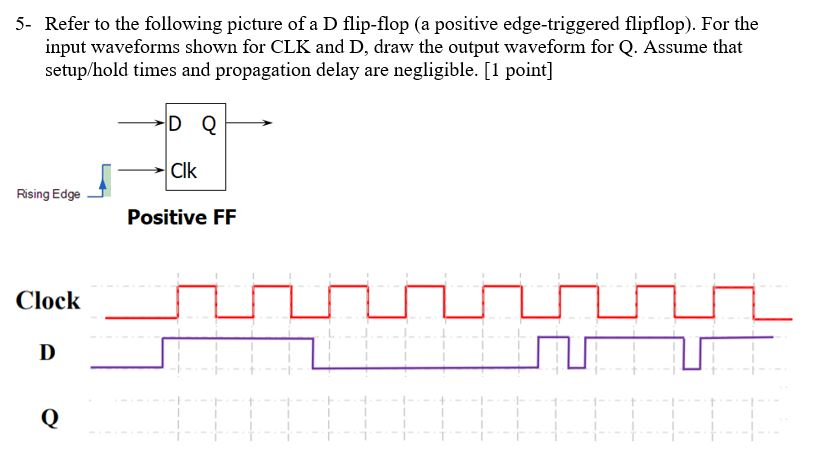

AND gates can be used to "strobe" or enable data gated into a register.One flip-flop is needed for each bit in the data word. A register is a group of flip-flops used to store a binary word.A flip-flop is said to be transparent when the Q output responds immediately to a change on the input.A flip-flop is "latched" when the Q output hold the last input condition.These can be made high active by using inverters. The cross-coupled NAND flip-flop has low active set and reset inputs.A S-R flip-flop can also be made using cross-coupled NAND gates.

With neither the set input nor the reset input active, the flip-flop is in a "hold" condition and will "remember" the last input condition.A reset input will force the Q output low and the output high.A set input will force the Q output high and the output low.The set and reset inputs of the cross-couples NOR flip-flop are high active.A set-reset flip-flop can be constructed from cross-coupled NOR gates.With NOR gates, the latch responds to active-HIGH inputs with NAND gates, it responds to active-LOW inputs. It can be constructed from NOR gates or NAND gates. The S-R (Set-Reset) latch is the most basic type. A latch is a temporary storage device that has two stable states (bistable).


 0 kommentar(er)
0 kommentar(er)
